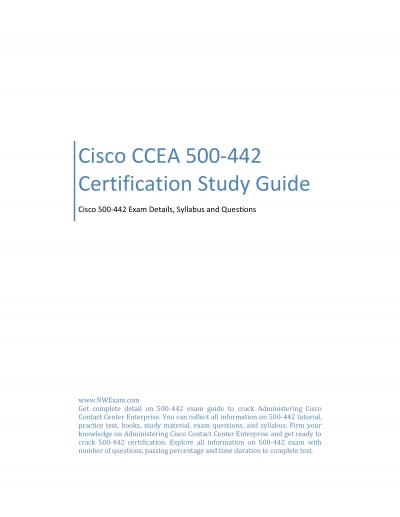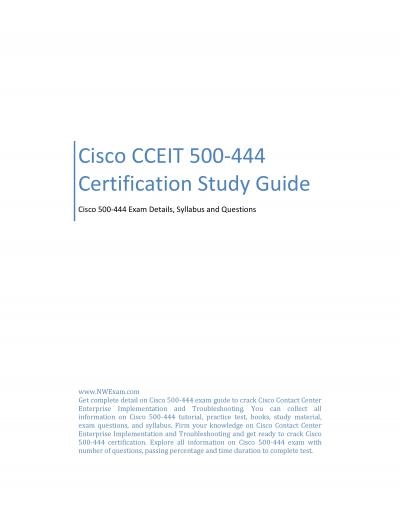PPT-Main Project total points: 500
Author : danika-pritchard | Published Date : 2018-01-10
200500 40 finished by March 27 Introduction Background Partial ResultsDiscussion Acknowledgement Author contribution fundingconflicts References 250500 50 finished
Presentation Embed Code
Download Presentation
Download Presentation The PPT/PDF document "Main Project total points: 500" is the property of its rightful owner. Permission is granted to download and print the materials on this website for personal, non-commercial use only, and to display it on your personal computer provided you do not modify the materials and that you retain all copyright notices contained in the materials. By downloading content from our website, you accept the terms of this agreement.
Main Project total points: 500: Transcript
Download Rules Of Document
"Main Project total points: 500"The content belongs to its owner. You may download and print it for personal use, without modification, and keep all copyright notices. By downloading, you agree to these terms.
Related Documents







![Cisco 500-325 CSA Exam: Tips & Tricks to Ace the Exam [2023]](https://thumbs.docslides.com/1013854/cisco-500-325-csa-exam-tips-tricks-to-ace-the-exam-2023.jpg)






